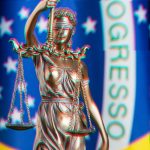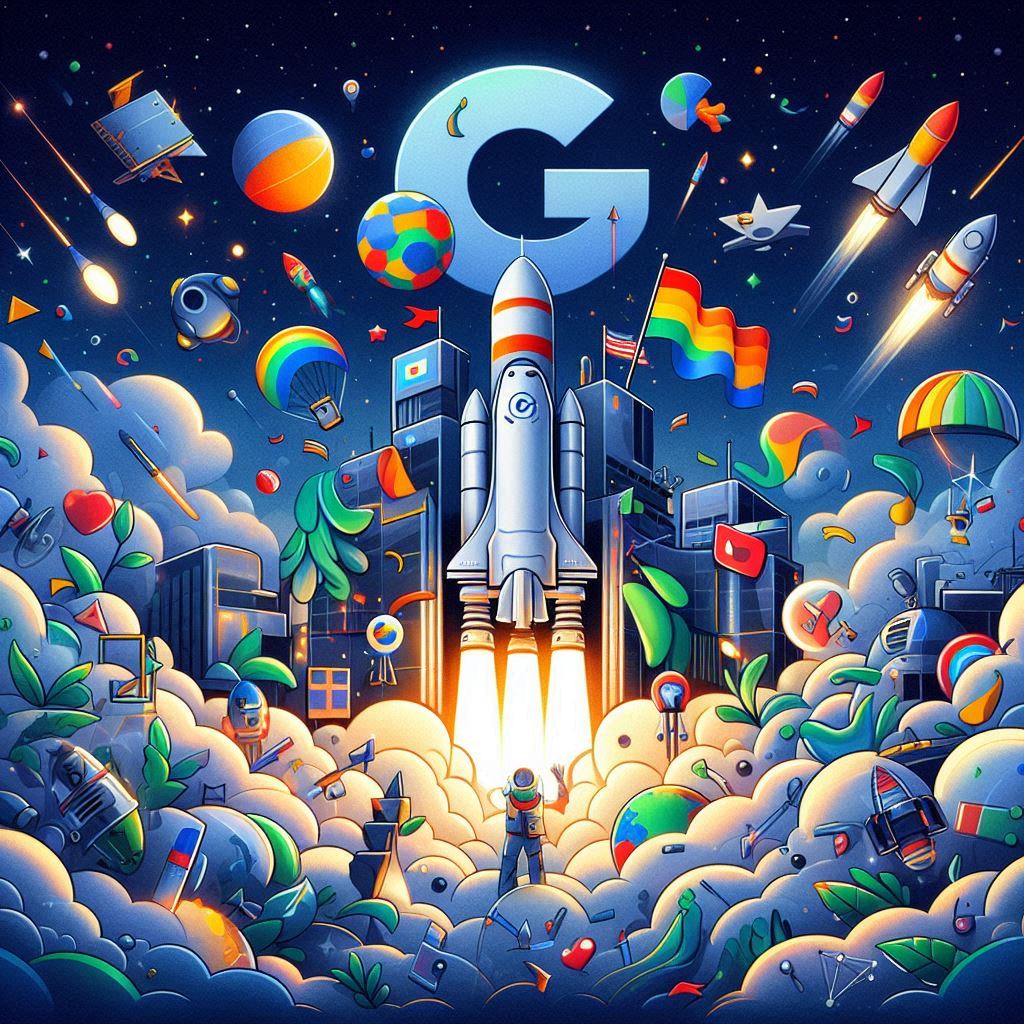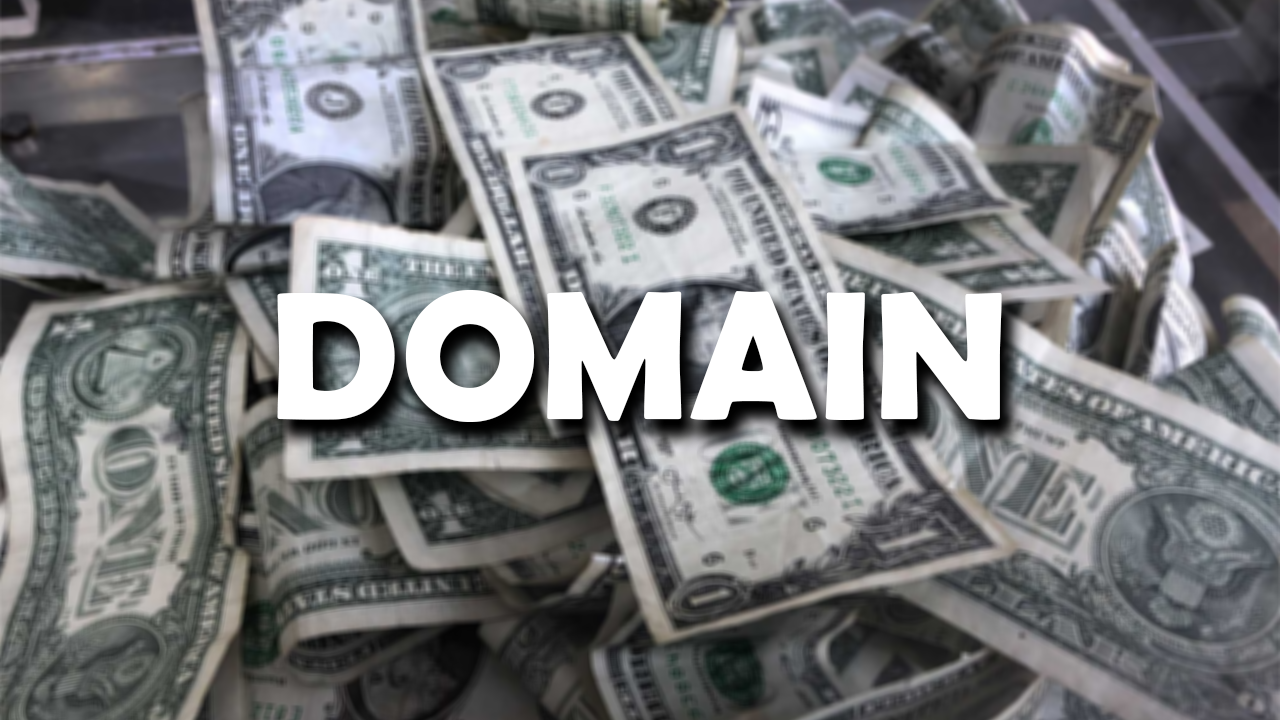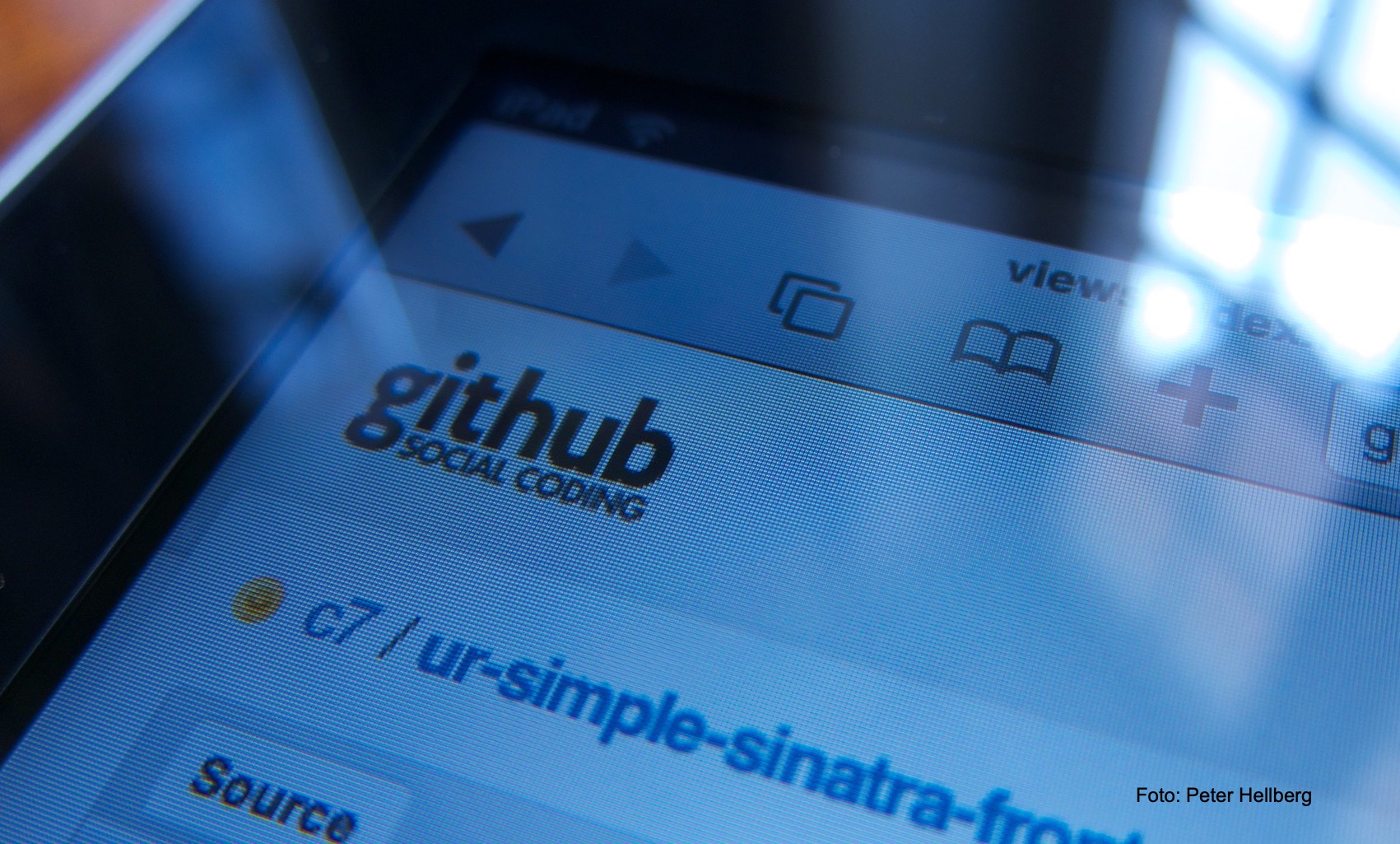On March 22, 2021, the first tweet from Jack Dorsey, CEO and co-founder of Twitter, was sold by 1630.5826 Ethereum, at the time, equivalent to almost $ 3 million ($ 2,915,835.4), for Hakan Estavi, CEO of a cryptocurrency company in Malaysia.
What was sold, however, was only one digital certificate, which is part of a blockchain network: a non-fungible token (NFT), who says that Hakan is now “developer”. But this does not guarantee the buyer any privileges over the post, only the certificate.
Non-fungible tokens (NFTs) pumped into the specialized media of technology, making room even in the traditional press, due to the scary values in which works of art are traded in digital format.
As is the case with this .jpeg sold by only US $ 70 million (about R $ 390 million), which gained its place in the traditional The Whashington Post as a “work of art” sold for more than any painting by Titian or Raphael, according to the opinion of a columnist.

When you buy an NFT from a work, a tweet, or any other digital media, you are only buying the certificate, a document that says that the NFT of this work belongs to you. No rights in the work are acquired. Therefore, the reproduction of the work remains characterized as a violation of copyright if it is not authorized by the author.
What makes a person buy an NFT?
To understand the phenomenon of NFTs and discuss the security and legitimacy of the system, The Hack invited Gino Matos, a cryptocurrency expert and editor of CriptoFácil, a content portal on blockchain and cryptocurrencies.
For Gino, who has already produced and edited several articles on the topic (which contributed to the accumulation of different points of view) it is difficult to justify an objective behind the NFTs, since just like in art, each work has its value and the acceptance of that value can also vary from person to person.
“For example, [o NFT do] first Nyan Cat (the original work) was sold for more than R $ 3 million. Although buying an NFT does not guarantee copyright on the work, it is the “original” version. For some people, this may not appeal, for others, this idea of “possession” of the original makes a lot of sense and generates greed“, he explains.
R $ 3 million for a GIF that is available on the internet may seem absurd to some, but it certainly is not for those who paid. NTFs follow the same art business model. When someone pays a certain amount for a work, it becomes its value.
“These” high prices “paid by NFT follow the model of the art world. Since the original Nyan Cat GIF was sold for more than R $ 3 million, it was understood that this GIF now has this price. Serving as a basis for, if the buyer wants to, negotiate this NFT in the future “, says Gino.
“Just like in art, NFTs are subjective. There are those who believe it is bullshit to pay more than R $ 3 million just to have the original GIF by Nyan Cat, just as there are those who think this idea is incredible. In the end, neither position is necessarily wrong “, he justifies.
Hype or “straight talk”? What is the future of NFTs?
Gino explains that the current moment is undoubtedly hype. However, if another more efficient solution is not created, NFTs must continue to fulfill their role and establish themselves more and more in the market. In addition, NFTs already represent financial speculation. In other words, enthusiasts are looking to speculate with the hype to guarantee financial gains in the future.
“Understanding the general potential of NFTs, I think they will begin to penetrate more into the layers of the cryptocurrency and mainstream ecosystems (in the long run). “, it says.
NTFs, although established in the art world, can also be applied in other situations, as it is a blockchain technology and with a unique characteristic. Gino mentions that they can be used in the corporate universe as an access credential, as well as in the games market.
“The gaming world can benefit immensely. Imagine Ubisoft creating a fully integrated blockchain environment, in which the items are NFTs. The developer then creates a marketplace for items that can be traded between games. “.
“In a company, in view of the unique character of an NFT, it is possible for identifications to be generated in non-fungible tokens. An access point only for the company’s CEO, for example, could be an NFT identification. Vaccination cards , registration in a country’s database, records … “
Safety problems
A week after the sale of Beeple’s collage, homeowners reported theft of NFTs from their accounts. Although crimes involving blockchain and cryptocurrencies don’t be anything new, this was the first time involving NFTs.
According to Cryptonews, cybercriminals have applied phishing scams against users of the NFT store, Nifty Gateway. With access to accounts, criminals stole the works on them, in addition to using the credit cards saved in the system, to buy more NFTs and then steal them.

According to Pratik Savla, security engineer at Venafi, in a column for the Dark Reading portal, due to the nature of blockchain transactions, the job of tracking and returning thefts involving cryptocurrencies is quite complicated. In the case of NFTs, which are managed using a private key, anyone with that private key can gain access and thereby trade NFTs wherever they want.
“The centralized design of the markets and the high value attributed to NFTs make them valuable targets [para cibercriminosos]. They can be subject to a variety of attack vectors, including phishing, insider threats, supply chain attacks, brute force attacks against account credentials, ransomware and even distributed denial of service attacks, “explains Patrik.
Possibility of forgery
Anyone can advertise a work or media on NFT auction and sale platforms, even if that person is not the author, artist or person responsible for the work, allowing forgeries. In addition, it is possible, for example, to sell an NFT of a tweet where you are sharing someone else’s work, but when making the sale, no money goes to the author of the work.
Gino explains that even though it has applications in different situations and markets, there is no way to guarantee that a work is not falsified or cloned. But, this is not an exclusive feature of NFTs, but of the entire digital landscape.
“The issue of piracy has existed since the digital world is a world, it is a game of cat and mouse. A serious and well-known artist outside the digital world is not going to risk his credibility by selling a tokenized work as something “exclusive” to, a few months later, sell the same work again. However, nothing prevents this from happening to anonymous artists “.
Regarding theft, it depends on the buyer. The editor recommends careful management of NFTs, just as it should be done with digital cryptocurrency wallets, in addition to taking care to avoid falling into phishing, social engineering or malware-infected scams.
“Theft is a real possibility, if the buyer accidentally gives access to the wallet where his NFT is for malicious agents”.
Another security issue that directly involves NFTs is the possibility of selling works for a lot of money, even if you are not the author or artist who created the work. Anyone can advertise a work on NFT buy and sell websites. “Unfortunately, this is one of the downside of NFTs“says Gino
But, this is also a problem in the digital universe, since it is common to see works of artists being used in other products without authorization from the artist, such as on mugs, t-shirts, copies and other marketable products.
“The NFTs have only aggravated this situation. The problem of piracy in the digital world has existed for many years, being possible to guarantee only the possession of the NFT – but not the veracity of its origin “.
As a solution, Gino recommends that the different NFT auction platforms communicate, creating a check network for duplicate works and counterfeits, in the same way as art galleries in search of fraud.
“The problem is that, in this way, the ‘free’ aspect of NFTs can be compromised. These are questions that come up against different concepts and the answer to them is rarely simple “, concludes Gino.
Sources: The Wshington Post; Christie’s; Cryptonews; Dark Reading.
See the original post at: https://thehack.com.br/nft-o-outro-lado-da-moeda-dos-tokens-nao-fungiveis/?rand=48873





















